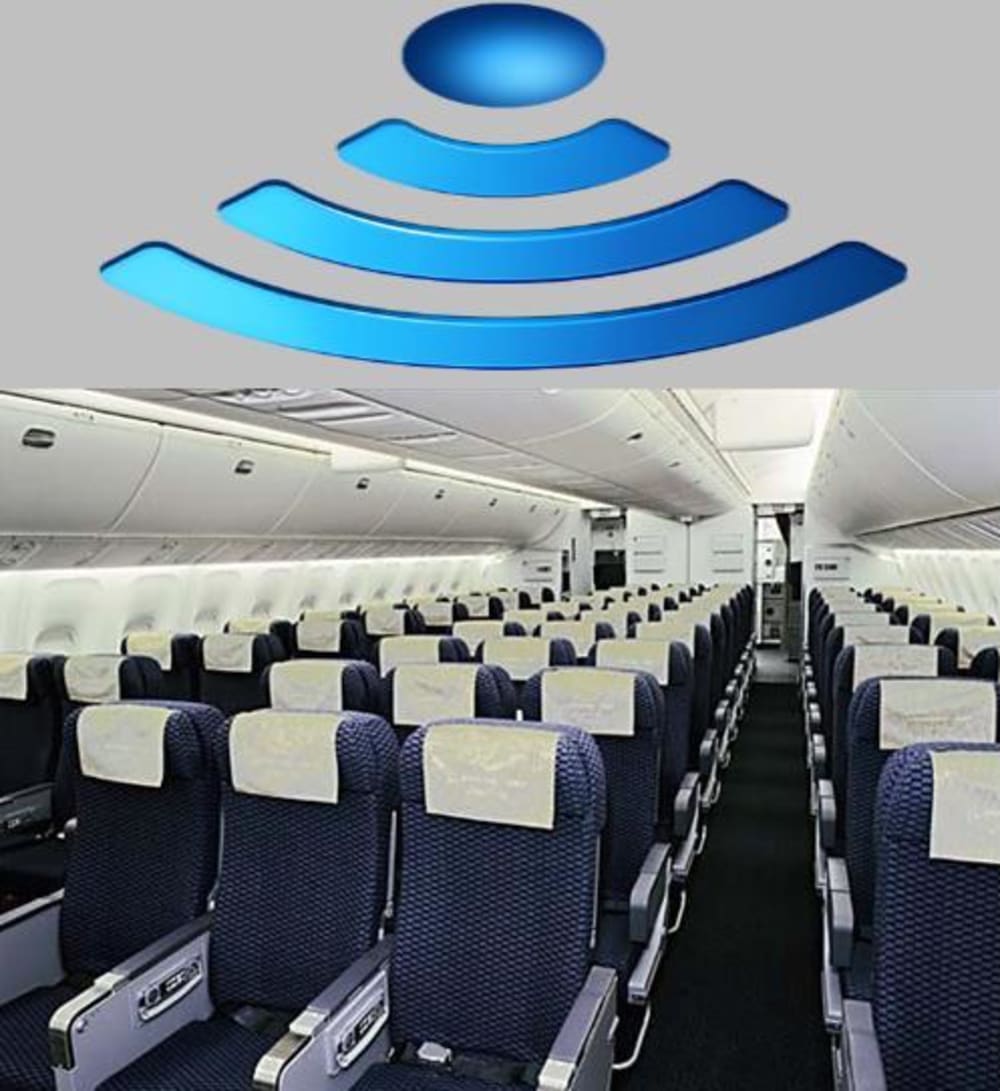Flight passengers having smart phone with WiFi can be identified and in-flight amenities serviced easily and quickly at seat level resolution (0.5m) with 90% accuracy. Instead of passenger pressing a call button and then flight attendant coming to the seat of the passenger to know the need and then going back to serve the need, the passenger can give the request using smart phone application and the flight attendant can serve the need directly. Apart from saving the valuable time of limited flight attendants, this will reduce the disturbance due to flight attendants walk for personal service on the space constrained aisle by 50%.
All available items and their details can be accessed and ordered using WiFi. Instead of asking what items each passenger wants and giving explanation of the items when the passenger queries, food/beverage/headset/gift items serving time can be reduced. The aisle will be more available to the passengers too. This is just an example of an user friendly application. It can very well be used in defense applications.
Passengers can play games in groups by sitting in their respective seats itself. If the passengers have swapped seats, it will automatically find their current seat locations. The mobile phone number entered during booking of the flight ticket will be linked to the seat provided in the boarding pass. Customized in-flight entertainment audio/video can also be provided at individual seat level at the finger tip of smart phone.
The advantage of smart phone positioning is that it can be tailor made to each passenger by storing the associated profile and past usage in the smart phone. They can browse and know more details of the items/services available. In future, passengers will be provided with WiFi based internet access within flight using satellite communication. Hence, there is no exclusive cost of setting up WiFi infrastructure for seat level positioning purpose.
Few WiFi Access Points can be fixed on flight interior top. There are several techniques such as fingerprinting, triangulation/trilateration, using which smart phone locations can be identified. I have already developed a solution for 3 m resolution using Matlab, Android phone, and Linux server running Java application with MySQL database. Now, I have done further research to improve the resolution to 0.5 m so that there will be a new set of applications that can be used at seat level service. The following algorithms and proprietary ones can be utilized in a hybrid way for seat level positioning i) Time of Arrival (ToA) ii) Angle of Arrival (AoA) iii) Time Difference of Arrival (TDoA) iv) Channel State Information (CSI) v) Filtering techniques (Particle, Kalman, Bayesian, Viterbi, etc.) to handle randomness/probability distribution of RSSI vi) Usage of smart phone sensors such as gyro, accelerometer, magnetic compass, pressure/altitude, etc. vii) Usage of maps for possible routes. Offline phase of finger printing will be done without any passenger in the flight by just placing smart phone at each reference seat to get an estimate of best RSSI profile at each reference seat.
Like this entry?
-
About the Entrant
- Name:Rishikeshlalbabu Ramiya
- Type of entry:individual
- Software used for this entry:Matlab
- Patent status:none

